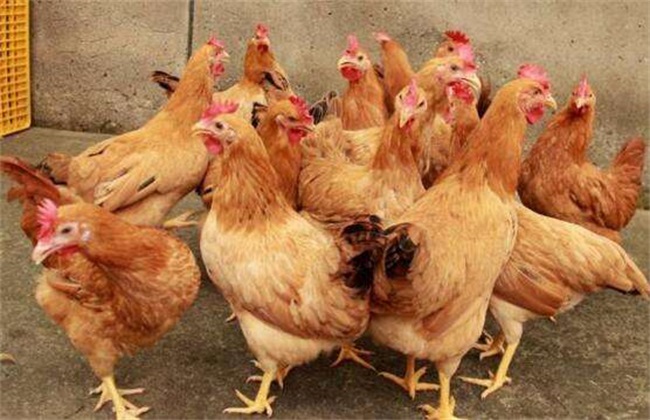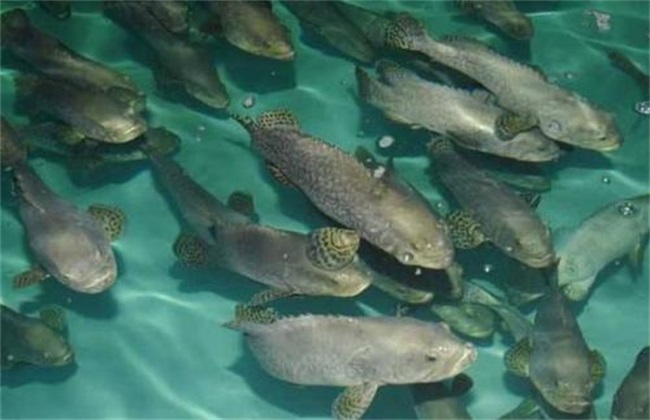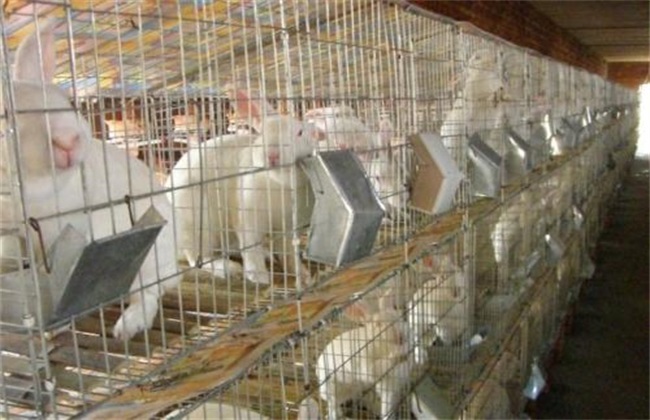Feeding and management of laying hens in autumn
Laying hen is a popular chicken breed in China, and the market demand for eggs in our country is very large, so now the breeding area of laying hens is very large. When we raise laying hens, we should pay attention to adjust the feeding and management methods reasonably according to the changes of seasons. So how to manage it as the temperature drops gradually and enters the autumn? The following editor will give you a brief introduction to the feeding and management of autumn laying hens. Let's have a look.

1. Feed management
The whole body of chickens is very tired after a long laying period and a hot summer. After entering the autumn, as the temperature gradually drops, the appetite of laying hens will also increase. Food intake is gradually increasing, in order for laying hens to survive the winter well, autumn is a key period for laying hens to recover their physical strength. In order to enable chickens to recover as soon as possible, it is necessary to provide them with adequate nutrition, appropriately increase the proportion of energy feed, supplement vitamins and so on. Increase the content of vitamin C, vitamin E and other nutrient elements in diet.
2. Supplementary lighting
After entering the autumn, the daily sunshine time will gradually decrease. In order to meet the demand of light for the growth of laying hens, we should pay attention to maintaining the light time in the henhouse. Replenish the light properly every morning and evening, usually turn on the light at 5 o'clock every day, and then turn off the light until 21:00 every evening. After entering the autumn, you should maintain at least 15 hours of light every day, and stabilize the light intensity. Turn the lights on and off regularly every day, so that layers can adapt well, and wipe the dust on the bulbs regularly.
3. Environmental control
The temperature difference between day and night in autumn is relatively large. Especially in the south, cold air often blows from north to south. Therefore, we should always pay attention to weather changes and do a good job of keeping warm at night. When keeping warm, we should also pay attention to proper ventilation. However, under the premise of ensuring the temperature of the chicken coop, it is necessary to prevent the stress reaction of the chickens caused by the excessive difference in temperature. At the same time, if the ventilation is poor, the air quality is poor, which can easily lead to respiratory diseases in chickens.
4. Immune disinfection
Autumn is not only the peak of all kinds of bacterial activity, but also the high incidence of various diseases. Therefore, we should also pay attention to do a good job of immune disinfection in autumn and disinfect the chicken house regularly. Do a good job of vaccination to prepare for the winter of laying hens. After the laying hens have passed the peak period of egg production, their physique in autumn is relatively weak and is prone to various infectious diseases. So it is necessary to do a good job of vaccination and deworming in autumn. Develop an immunization plan according to the age of laying hens. Finally, it is necessary to take chicken disinfection properly, and the disinfectants are mainly broad-spectrum, efficient and non-toxic.
The above is a brief introduction to the feeding and management of laying hens in autumn. That's all for today's introduction. This article is for reference only. I hope it can help you all.
Related
- On the eggshell is a badge full of pride. British Poultry Egg Market and Consumer observation
- British study: 72% of Britons are willing to buy native eggs raised by insects
- Guidelines for friendly egg production revised the increase of space in chicken sheds can not be forced to change feathers and lay eggs.
- Risk of delay in customs clearance Australia suspends lobster exports to China
- Pig semen-the Vector of virus Transmission (4)
- Pig semen-the Vector of virus Transmission (3)
- Five common causes of difficult control of classical swine fever in clinic and their countermeasures
- Foot-and-mouth disease is the most effective way to prevent it!
- PED is the number one killer of piglets and has to be guarded against in autumn and winter.
- What is "yellow fat pig"? Have you ever heard the pig collector talk about "yellow fat pig"?



